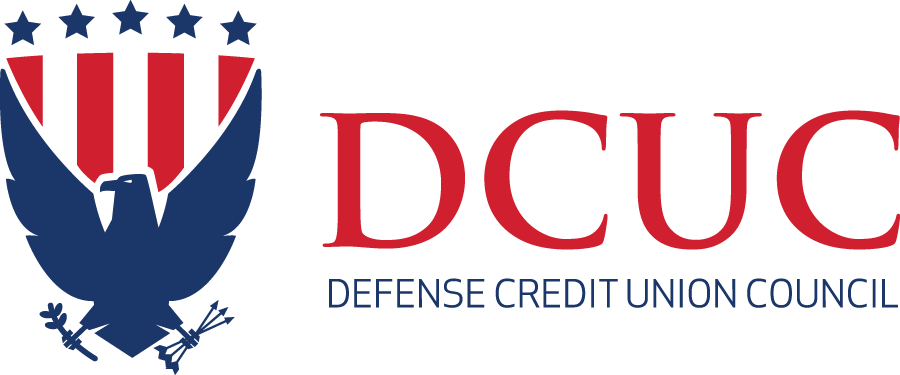Fintech is nothing new. As the industry currently stands, there are numerous fintech companies competing to enhance or replace the traditional financial services many credit unions provide to their members. Fintech is quickly becoming more ingrained in our industry as we see an abundance of apps for transferring funds, investing, borrowing, and managing cryptocurrency.
We all know that change is inevitable and overall, our advances have improved quality of life and financial services for our members. However, we must think about the full effects of these changes and where the technology leaves us with respect to our members.
This question reminds me of a short story I was assigned while studying at the Air War College in 2012. The debate at the time was whether high-tech platforms (e.g., F-22s, B-2s, and a variety of 6th generation platforms) could defeat a near-competitor; or if lots and lots of low-tech platforms (e.g., drones, F-16s, mines, etc.) would do better. “Superiority” by Arthur C. Clarke is a science fiction short story that posits such a scenario. In the story, the side with the technologically advanced weapons is soundly defeated by an enemy using larger numbers of inferior low tech and primitive weapons.
The moral of the short story is to be careful in discarding old technology, particularly when the newer technology is still being perfected. It is also worth noting that reliability is always better, particularly in high-stakes environments. The same goes for fintech as cybercrime is on the rise.
I am also reminded of a book I read years ago, Technopoly: The Surrender of Culture to Technology by Neil Postman. Published in 1992, the book pre-dates the widespread use of the internet and the introduction of social media, artificial intelligence, and various forms of machine learning.
First, the book warns that as a society moves from a technocratic culture to a technopoly, people will no longer use technology merely as a support system for better efficiency. Instead, technology will shape how people will view politics, history, art, and even science—in essence truth. It is already happening. Today, most people get their news and information from the same consolidated online sources.
We see the same trends in our industry when determining credit worthiness, when we use algorithms and machine learning to correlate selected attributes to make these decisions. In some cases, this helps solve some problems in a fast-paced world. However, what if the technology still makes poor choices? How do we account for biases unintentionally programmed into new technology? Can we identify these hurdles? Where are these new ideas being introduced, challenged, and tested? It is up to leaders to ask these important questions when vetting new technology.
Second, the book takes an interesting ecological approach when highlighting the unknown dangers. Postman claims that once a technology is introduced, it will “play out its hand” in ways that are unpredictable and uncontrollable. Despite all attempts to engineer the perfect design, some things cannot be managed or are completely unforeseen. One seemingly small change will result in total change. A new technology does not add or subtract anything—it simply changes the world we live in.
For example, if you take grasshoppers out of an ecological environment so you can introduce a new species of plant—you no longer have the same ecological environment minus grasshoppers. What you have is something completely different since whatever plants the grasshoppers were eating before are now thriving (attracting other pests or introducing new allergens) and whatever was eating the grasshoppers must feed elsewhere (causing a reaction in the food chain). There are too many variables to accurately predict the full effect of this “small” change.
The same goes for fintech. What happens to the credit union’s balance sheet if funds are required to be transferred to the fintech? What new rules and regulations are required to protect members and the credit union from unauthorized information disclosures? How does the algorithm capture and measure things such as DEI compliance, low-income applicants, or veteran-preferences/MLA restrictions? Beyond the obvious, what are the second and third order effects for each of these questions?
Either way, the technology does exactly what it was designed to do, regardless of the second and third order effects. Thus, its scale and impact on human interactions with society are largely dependent on factors which can never be fully known. Taken to the extreme, technology will eventually control the masses. Sure, there will be those who choose not to participate or migrate from traditional platforms. However, at this extreme point, are they really part of society?
So, what is the point in sharing this article? Mostly to get leaders to think about potential impacts when implementing a particular fintech. Even if potential impacts are hard to identify. I also encourage leaders to sense patterns, validate results, and alter course when a fintech strays from its intended result/purpose. Make sure there are “off-ramps” or contingency plans in place. Finally, be sure to read the short story “Superiority,” and don’t be afraid to continue using reliable methods while fintech sorts itself out.








